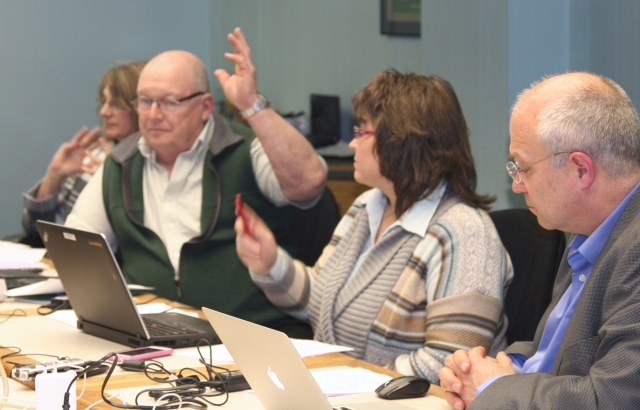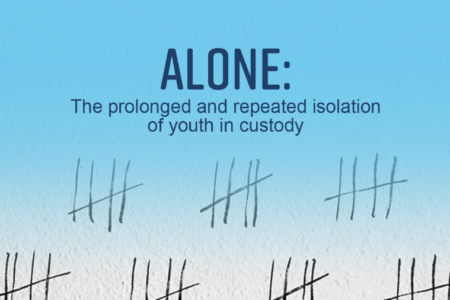Education Board balances budget despite declining enrollment and funds
The School District 51 Board of Education managed to balance a budget, which began with a $600,732 shortfall.
On Thursday, April 12 the school board held a public finance meeting to discuss the budget’s inner workings but only one member of the public showed up.
This year the district had to find a way to make up for a projected $600,732 shortfall to balance the budget. The shortfall was mainly due to a 1.5 per cent decrease in provincial funding and a projected enrollment decline of 51 students.
To make up for the shortfall, the board chose to cut $380,000 from teachers’s staffing costs and another $102,500 from classroom support. They also cut $15,000 from administration, operations, transportation and maintenance and found the final $103,232 in operational savings.
“It may mean layoffs, but it won’t be huge,” said Jeanette Hanlon, SD51 secretary/treasurer.
She said many of those wages will be saved out of temporary teaching positions that are no longer needed due to enrollment changes. There will also be savings in classroom support needs due to the graduation of several of the district’s special needs students this June.
“It’s hours and not necessarily bodies being lost,” said board chair, Teresa Rezansoff.
Like two thirds of the province’s school boards, SD 51 is in funding protection, which means the government guarantees a set amount of money, despite declining enrollment.
This district has been in funding protection since the 2006/2007 school year.The district would only loose funding protection prematurely if it gained 74 students.
As a way to wean the districts off the money, the provincial government claws back 1.5 per cent every year. So the money the district operated on last year will be 1.5 per cent less next year. This year the district projects they will receive $1,373.88 per full time student for the 2012/2013 school year and a total of $15,717,834 from the provincial government.
Next year’s cuts may be much more severe. A projected $832,963 shortfall is expected.
The budget is expected to be completed and passed by June 30.
The declining numbers
School District 51 has lost a lot of students over the past decade. Since 2001 there are 657 less students — a 32 per cent decrease. And the numbers are only getting lower.
As part of a five year budgeting plan, the school board projects what the local student population will look like. According to Hanlon’s report, there will be 119 less students in the 2014/2015 school year than there will be in this school year. These numbers are created by looking at the Strong Start program participants, local demographics and the graduation rates, said Hanlon. If there aren’t the same number of kindergarten students coming in as there are grads going out, then there is a decrease.
Strike Savings
The three day teachers’s strike in March may have caused some disruptions, but it also saved the provinical government $30 million in wages.
As a result, the government is giving each district a percentage of that savings. SD51 will get $199,288, said Hanlon. The money doesn’t come without some strings. It is supposed to be used for teaching support. A plan will be developed with teachers’s input and given to the Board of Education for approval before being sent into the Ministry of Education.
Roofing and a new bus upcoming capital projects
During this month’s board meeting, the school board voted to replace some roofing and heating and cooling systems and to purchase a new bus.
The $397,374 capital roofing and heating and cooling replacements project is part of an annual facilities grant where 70 per cent of the grant must be used for capital projects, said Hanlon.
The roofs at Boundary Central Secondary School, Grand Forks Secondary School and Hutton Elementary School will be replaced over this summer.
The school bus, which will cost $127,370.60 is being sent into replace an older bus in the fleet. The district currently has 15 buses and 11 routes. The extra buses are used to fill in in the even of a break down.






















